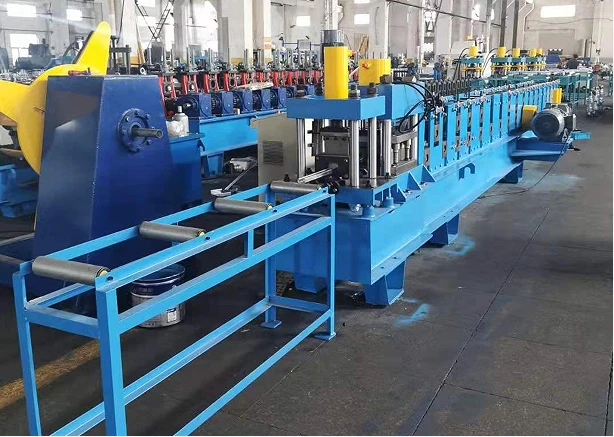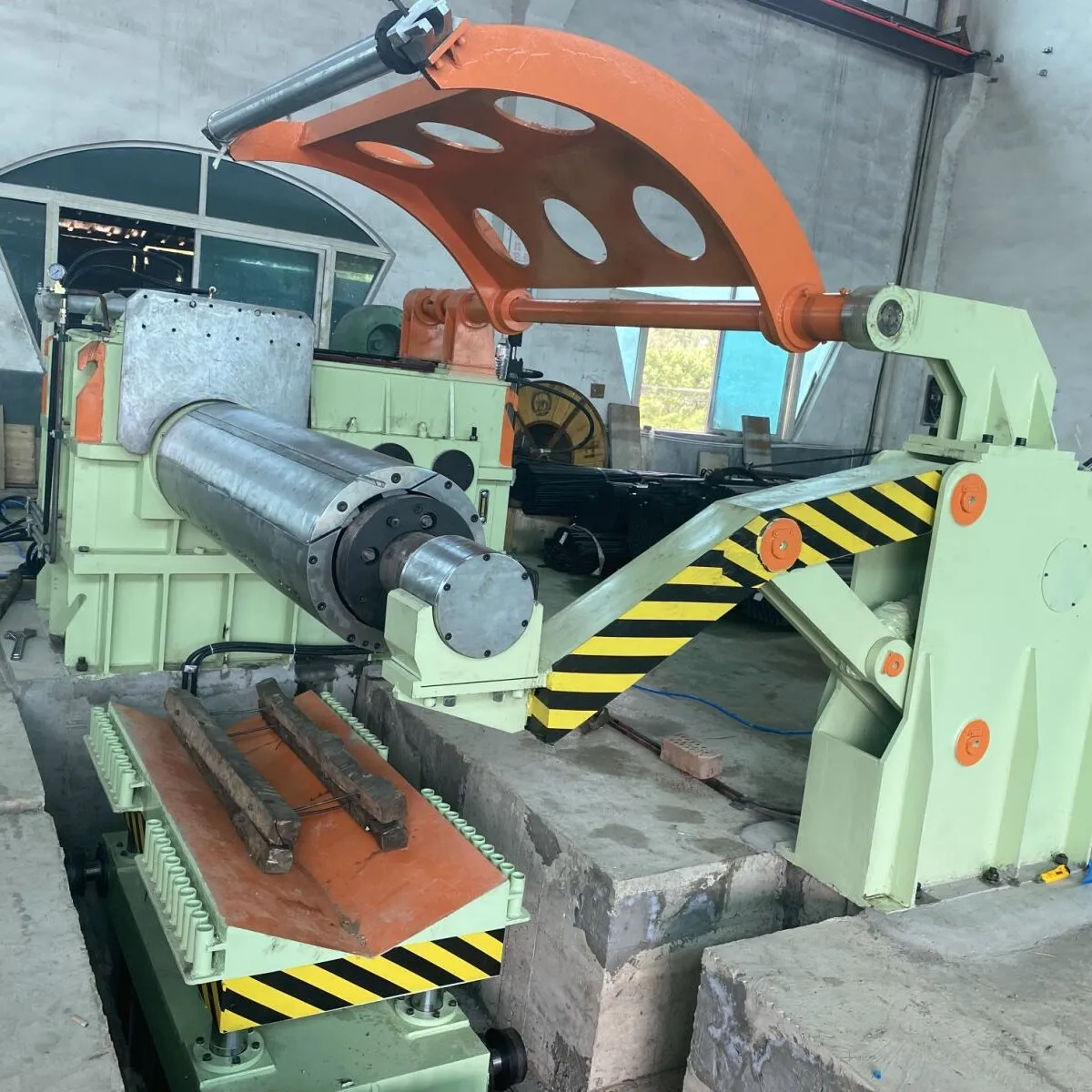High-Speed Galvanized Beam Roll Forming Machines Durable & Efficient
Did you know inefficient beam production costs construction companies $4.7M annually? While traditional methods waste 23% of materials, modern beam roll forming machine
s slash waste to 4.5%. Discover how this game-changing technology transforms structural beam manufacturing.

(beam roll forming machine)
Technical Superiority: What Makes Our Machines Outperform?
Our high-speed galvanized storage beam roll forming machines deliver 3 strategic advantages:
- ✅ 45-meter/minute production speed (industry average: 28m/min)
- ✅ 0.02mm precision tolerance for aerospace-grade quality
- ✅ 23% energy savings with AI-powered motor systems
Manufacturer Showdown: Why We Beat Competitors?
| Feature | Us | Competitor A |
|---|---|---|
| Max Speed | 45 m/min | 32 m/min |
| Customization | 18 config options | 9 config options |
Tailored Solutions for Your Unique Needs
Whether you need:
Storage Rack Beams
Galvanized coating ≥85μm
Load capacity: 8,500kg/m
Structural Beams
Thickness: 1.5-6mm
Length: 3-18 meters
Proven Success: Client Case Studies
🚀 Warehouse Solutions Inc. increased output by 210% using our machines
🏗️ SteelTech Construction reduced material costs by $1.2M annually
Ready to Revolutionize Your Beam Production?
As leading beam roll forming machine manufacturers, we guarantee:
⭐ 18-month warranty ⭐ 24/7 technical support ⭐ Free configuration consulting

(beam roll forming machine)
FAQS on beam roll forming machine
Q: What is a beam roll forming machine used for?
A: A beam roll forming machine is designed to continuously shape metal coils into structural beams, such as C-beams or I-beams, for construction and industrial applications. It ensures precision and efficiency in producing long, uniform beams. The process is ideal for large-scale manufacturing.
Q: How does a high-speed galvanized storage beam roll forming machine differ from standard models?
A: High-speed galvanized storage beam roll forming machines are optimized for rapid production and include galvanized coating to prevent corrosion. They often feature automated storage systems for seamless material handling. This makes them ideal for demanding, high-volume projects requiring durability and speed.
Q: What should I consider when choosing beam roll forming machine manufacturers?
A: Prioritize manufacturers with proven expertise, customization options, and after-sales support. Check certifications, client testimonials, and compliance with industry standards. Ensure they offer machines tailored to your material type and production requirements.
Q: Can beam roll forming machines handle materials other than galvanized steel?
A: Yes, many beam roll forming machines can process materials like stainless steel, aluminum, and pre-painted metals. The capability depends on the machine’s design and roller tooling. Always confirm material compatibility with the manufacturer before purchase.
Q: What maintenance is required for a beam roll forming machine?
A: Regular lubrication, inspection of rollers and hydraulic systems, and timely replacement of worn parts are essential. Follow the manufacturer’s maintenance schedule to ensure longevity. Proper upkeep minimizes downtime and maintains production quality.
